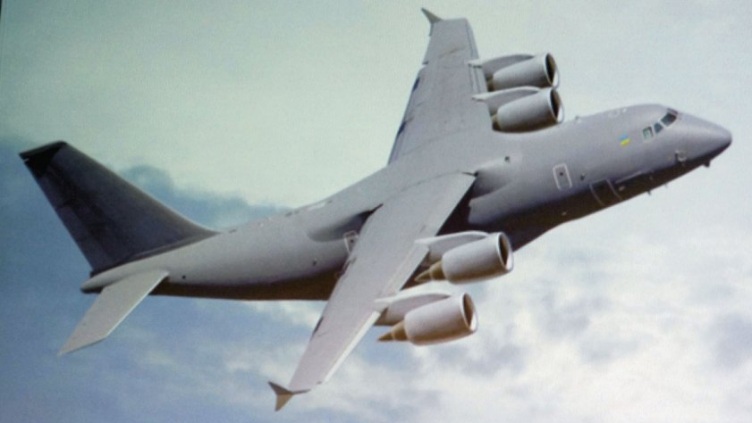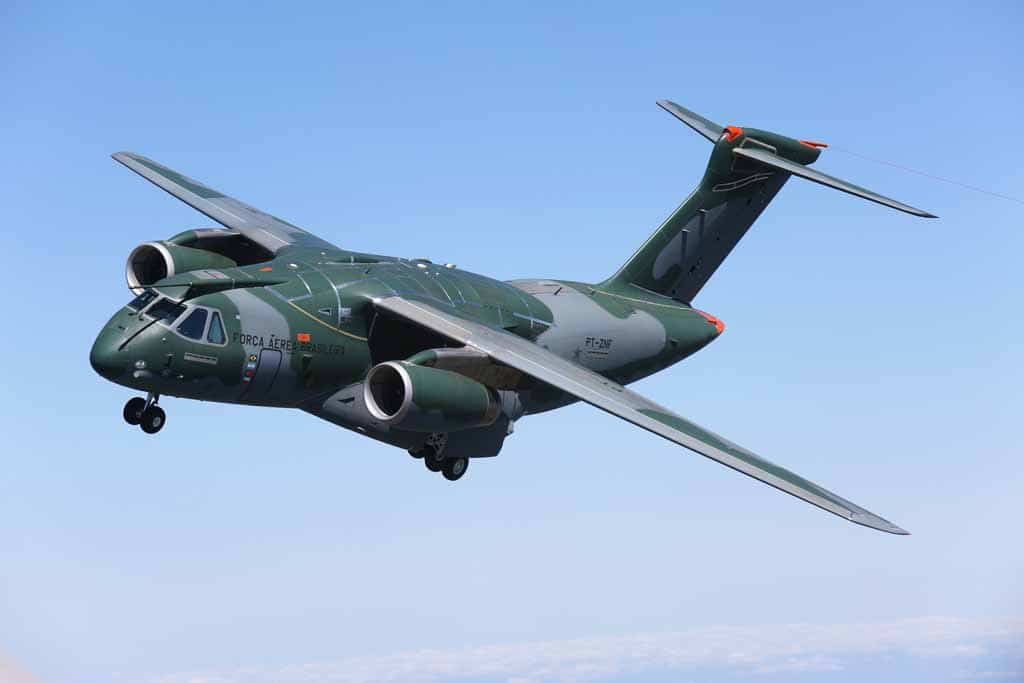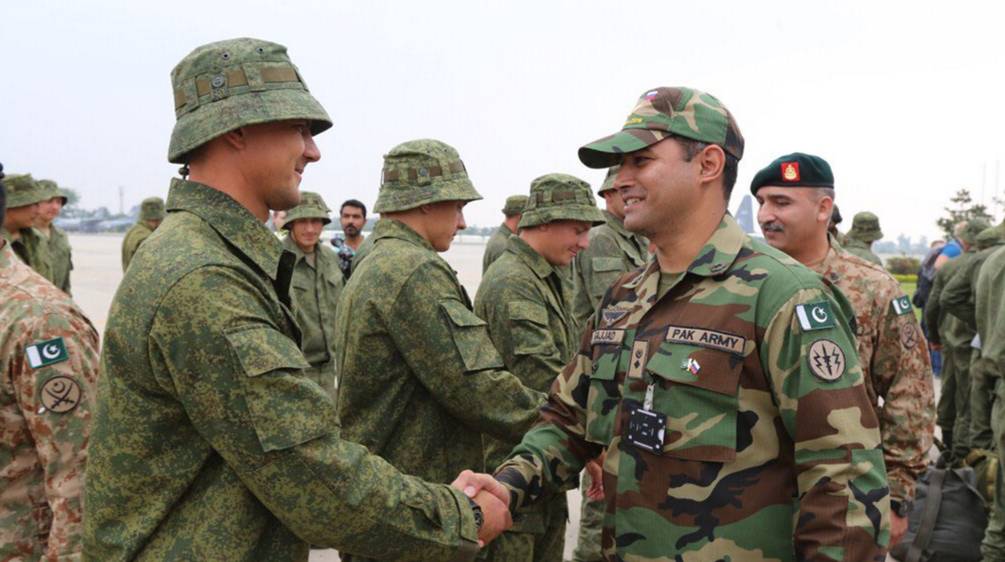20Views 31Comments

Potential in Pakistan-Ukraine Defence Ties?
Volodymyr Lakomov, Ukraine’s ambassador to Pakistan, expressed hope that Ukraine and Pakistan would strengthen their defence ties, particularly in the area of defence industry cooperation. The Pakistani media apparently even quoted Mr. Lakomov saying that Ukraine was “ready to cooperate” in the “supply and joint production of the world-known cargo plane ‘Antonov An-225.’” The An-225 Mriya is the largest aircraft ever designed, but only one was ever built. While the An-225 will not be an area of cooperation between the two countries, the idea that Ukraine is looking at Pakistan as a possible market, and potentially partner, for its aviation goods is definitely worth discussing.
For some background, Pakistan’s defence relations with Ukraine kicked-off in the mid-1990s, specifically in the area of main battle tanks (MBT). In 1996, the Pakistan Army bought 320 T-80UD MBTs from Ukraine. Throughout the early-to-mid 2000s the Army bought diesel engines from Ukraine for use on its al-Khalid and al-Zarrar MBT programs. The latest purchase in this area occurred in 2013 when the Army ordered 110 KMDB 6TD-2 diesel engines for use on its latest al-Khalid MBT batches (SIPRI). In 2006 the Pakistan Air Force (PAF) bought 4 refurbished Ilyushin IL-78 in-flight refuelling tankers.
As one might notice, ties between the two countries have basically revolved around Pakistan making off-the-shelf purchases from Ukraine. However, Ukraine is looking to strengthen those ties, and it may be in Pakistan’s interests to cultivate that growth, especially over the long-term. The two areas where Pakistan could deeply engage with Ukraine in are that of armour (e.g. tanks) and aviation, particularly in the realm of transport aircraft. It seems Mr. Lakomov was particularly hopeful of the latter, which is beginning to see a new surge in life thanks to Antonov’s new line of products, such as the An-178. Note: Antonov was disbanded, but its critical manufacturing assets were transferred to Ukroboronprom, a state-owned consortium directly engaged in the design, development, manufacture, maintenance and repair of industrial and defence systems.
The An-178 is a military transport aircraft capable of carrying 18 tonnes of cargo over a distance of 1000km (IHS Jane’s 360). It is powered by two Progress D-436-148FM turbofan engines (developed in Ukraine). A derivative of the An-148 regional jet airliner, the An-178 is Ukraine’s answer to the market of ageing cargo aircraft in need of replacing over the coming years. While lighter in payload capacity than its direct competitors, such as the C-130J (22 tonnes) and KC-390 (23 tonnes), the An-178 is being marketed as a markedly more affordable option. Then-manufacturer Antonov was even planning to develop the An-178 to serve as an in-flight refuelling tanker (IHS Jane’s 360).
This platform has the right foundations to be of interest to the PAF. For example, it is a cost-effective system and a fairly mature platform (derived from the An-148 regional airliner, which has been in use since 2009). The PAF could consider working with Antonov to develop an enlarged version of the An-178 (directly comparable in payload capacity the C-130J and KC-390), and in turn, secure a platform it could use to complement and gradually replace its existing fleet of C-130s. In addition to serving as a medium-lift transport aircraft, the An-178 could double as a tactical tanker. In time, Pakistan could build upon the An-178 program my joining in the larger An-188 (to replace its IL-78s), which is being developed to compete with the Airbus A400M.
The An-178 could also be the entry-point from which Pakistan could develop the capacity to indigenously produce transport aircraft. This may not seem like an area in need of pursuit, but Pakistan should aim to domestically source all of its major defence equipment. In addition to safeguarding the country from sanctions, it can also have long-term economic payoffs in terms of gaining the flexibility to manufacture aircraft and spare-parts for domestic use at cost. With the exception of China and a few other countries, Pakistan does not get many countries approaching it for industrial defence collaboration.
Besides aviation, Pakistan could continue engaging with Ukraine in the development for armour. In fact, the Pakistan Army reportedly considered the Oplot-M MBT, a development of the T-84 (which in turn is based on the T-80UD). Irrespective of whether the tank itself is selected or not, it is plainly evident that Ukraine has considerable expertise in developing tanks, including key areas such as diesel engines. Perhaps Pakistan could consider acquiring the technology to manufacture such engines domestically for use on a future program, such as the Haider MBT.
In Ukraine, there are genuine opportunities worth exploring, just as there are in South Africa and Brazil. These countries are in a unique position whereby they have clear strengths in advanced technology, but they are beset with various political and economic challenges that push them to view Pakistan as an actual partner. This is a key point because when one is considered a partner, they are in a position to actually pursue their interests in-exchange for their contributions. When a country as adept as Ukraine reaches its hand out, it ought to be a matter of urgency for Pakistan to respond in a positive and productive manner.


